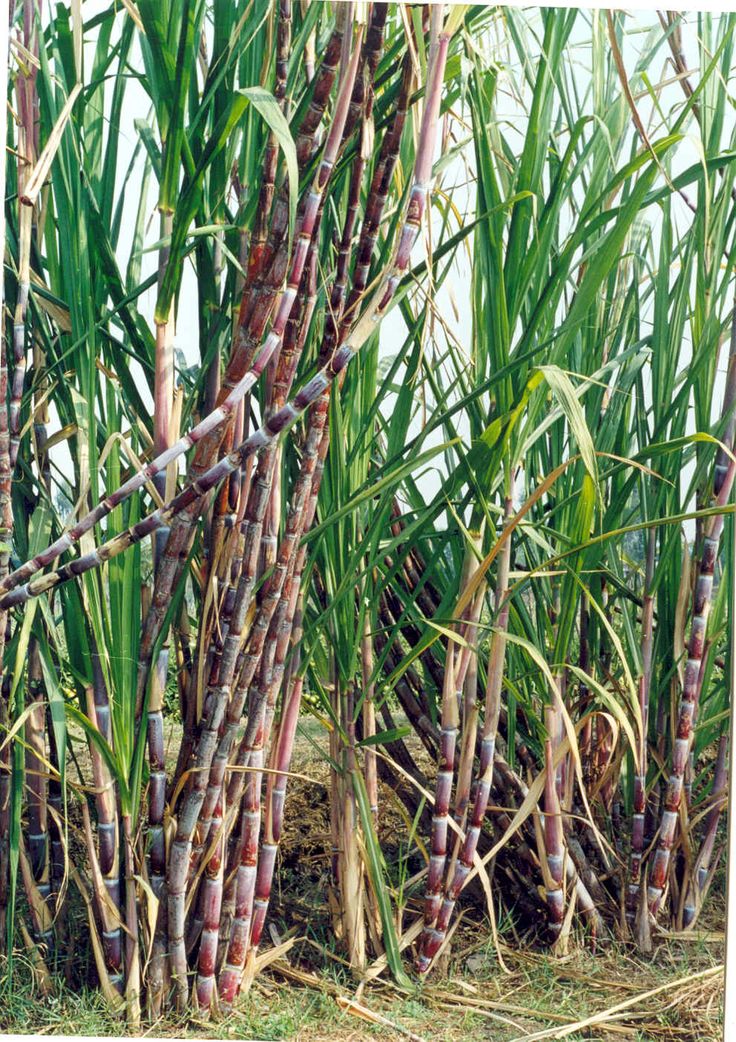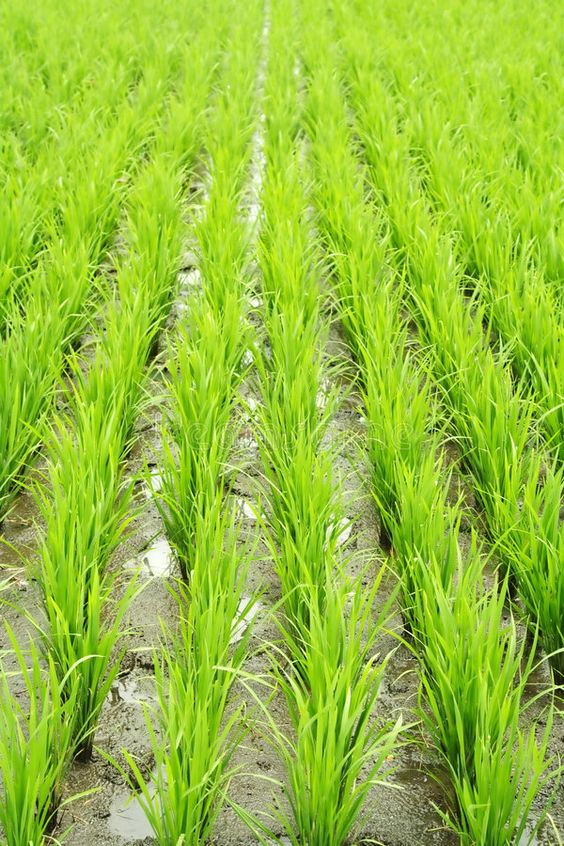Bridging the Gap: How Agricultural Extension Empowers Smart Agriculture Adoption
Agricultural Extension sector faces a multitude of challenges in the 21st century. From climate change and resource scarcity to population growth and rising food insecurity, there’s a pressing need for innovative solutions. Smart agriculture, with its data-driven approach and integration of technologies like precision farming, Internet of Things (IoT), and artificial intelligence (AI), offers a promising path forward. However, the successful implementation of these technologies hinges on a crucial element: agricultural extension.
Agricultural extension refers to a dynamic and evolving system for disseminating knowledge, skills, and technologies to farmers and other stakeholders in the agricultural sector. It acts as a bridge between research institutions, universities, and government agencies on one hand, and farmers, farmworkers, and rural communities on the other. Through various educational and communication methods, extension services empower farmers to make informed decisions, improve agricultural practices, and ultimately, enhance their livelihoods.
The Synergy Between Agricultural Extension and Smart Agriculture
Agricultural Extension Smart, despite its immense potential, can be complex and require new skillsets for farmers accustomed to traditional methods. Here’s how agricultural extension plays a vital role in facilitating the adoption of smart agriculture:
- Capacity Building: Extension services provide training programs to equip farmers with the necessary knowledge and skills to operate and utilize smart agriculture technologies effectively. This may involve training on using sensors, interpreting data from IoT devices, and making data-driven decisions for irrigation, fertilization, and pest control.
- Needs Assessment: Extension workers play a critical role in identifying the specific needs and challenges faced by farmers in their communities. This allows for targeted interventions and the development of extension programs tailored to address those needs. For instance, if a community struggles with water scarcity, extension services can focus on promoting irrigation technologies and water management practices.
- Technology Transfer: Extension services act as a bridge for transferring knowledge about smart agriculture technologies from researchers and developers to farmers. This can involve demonstrations, field trials, and workshops that showcase the practical application of these technologies in real-world farm settings.
- Communication and Facilitation: Effective communication is key to successful technology adoption. Extension workers act as facilitators, enabling clear communication between farmers, researchers, policymakers, and the private sector. This ensures that farmers’ voices are heard and that extension programs are responsive to their needs and concerns.
- Building Trust and Confidence: New technologies can be met with apprehension by some farmers. Extension workers play a crucial role in building trust and confidence in smart agriculture by providing reliable information, addressing concerns, and showcasing success stories from other farmers who have adopted these technologies.
Examples of Agricultural Extension Programs for Smart Agriculture
Across the globe, various agricultural extension programs are promoting smart agriculture adoption:
- Precision Agriculture for Smallholders (PASHA) Program in India: This program equips smallholder farmers with low-cost precision agriculture tools and knowledge to improve farm productivity and profitability.
- Digital Agricultural Advisory Services (DAAAS) in Africa: DAAAS programs leverage mobile phone technology to deliver personalized agricultural advice, weather information, and market data to farmers in remote areas.
- Smart Irrigation Management Programs: These programs train farmers on using soil moisture sensors and irrigation scheduling tools to optimize water use efficiency.
The Road Ahead: Challenges and Opportunities
Despite its significant role, agricultural extension faces challenges in the era of smart agriculture:
- Digital Divide: Unequal access to information and communication technologies (ICT) can hinder the reach of extension services, particularly in rural areas.
- Funding Constraints: Limited resources can restrict the scope and effectiveness of extension programs.
- Evolving Technologies: The rapid pace of technological advancement can make it challenging for extension workers to stay current with the latest developments in smart agriculture.
However, these challenges are accompanied by exciting opportunities:
- Leveraging ICT: Mobile phones, the internet, and social media can be harnessed to deliver extension services more efficiently and reach a wider audience.
- Public-Private Partnerships: Collaboration between governments, NGOs, and the private sector can lead to more innovative and sustainable extension programs.
- Data-Driven Extension: By leveraging data analytics, extension services can be personalized to meet the specific needs of individual farmers and communities.
Conclusion
Agricultural extension is the cornerstone for empowering farmers to embrace smart agriculture and unlock its full potential. By equipping farmers with the knowledge, skills, and resources they need, extension services can bridge the gap between innovation and practical application. As we move forward, investing in robust and adaptable extension programs will be crucial for ensuring that smart agriculture becomes a reality for all farmers, leading to a more productive, sustainable, and resilient agricultural sector.




